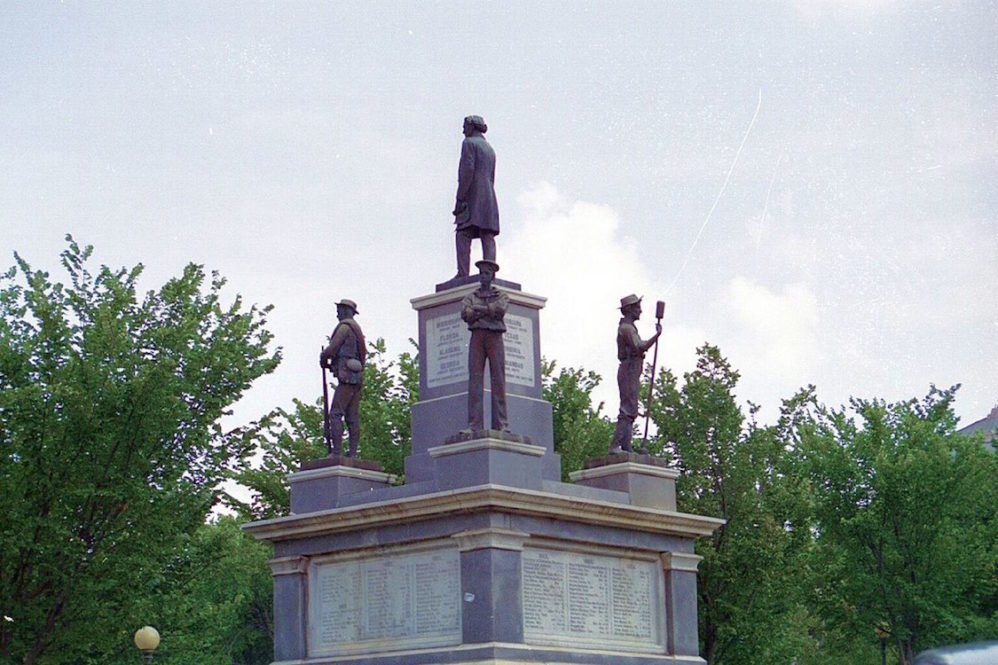Tearing down Confederate statues, or any monuments from our history, will not change the past. But it will make for a poorer, less enlightened future.
In the wake of Charlottesville, a chorus of media outlets, political activists, and random people on the Internet have called for the removal or destruction of Confederate statues in cities across the country. They say we shouldn’t honor a bunch of racists who fought to preserve slavery, and that it’s long past time for these painful reminders of our past to come down—stow them away in a museum or smash them to pieces, just get them off the streets.
This iconoclastic impulse is a mistake, even after the harrowing events in Charlottesville last weekend. It’s a mistake not because there was anything noble about the Confederacy or its raison d’être, which was slavery, but because there is something noble—and, for a free people, necessary—about preserving our history so we can understand who we are and how we should live.
For all the tough talk this week about the problems with these historical monuments, there hasn’t been nearly enough discussion of their history. Most of them were built a half-century after the war, as the Civil War generation was beginning to die off. Before the turn of the century, Confederate graves had for the most part not been cared for in federal cemeteries, and erecting a Confederate monument was considered treasonous.
But as the veterans of the war began to die, there was a renewed push for reconciliation between North and South, and with it an outpouring of filial piety. Of course, the monument boom across the South during the first two decades of the twentieth century came at a time of terrible race relations, mass immigration, and the pernicious influence of the Lost Cause mythos, which poisoned the South.
So the monuments reflect more than one current of early twentieth-century America. They served to venerate Confederate heroes like Robert E. Lee, thereby cementing the narrative of the Lost Cause and all its misty-eyed nostalgia about the South. But they were also an outpouring of grief and remembrance for the hundreds of thousands who had died in the war. Nearly a quarter of Southern white men in their twenties were killed or died from disease. Is it any wonder that decades later, as families began to bury Confederate veterans in greater numbers, there would be a push to erect memorials to that generation?Read the rest from The Federalist HERE.
If you like what you see, please "Like" us on Facebook either here or here. Please follow us on Twitter here.



No comments:
Post a Comment